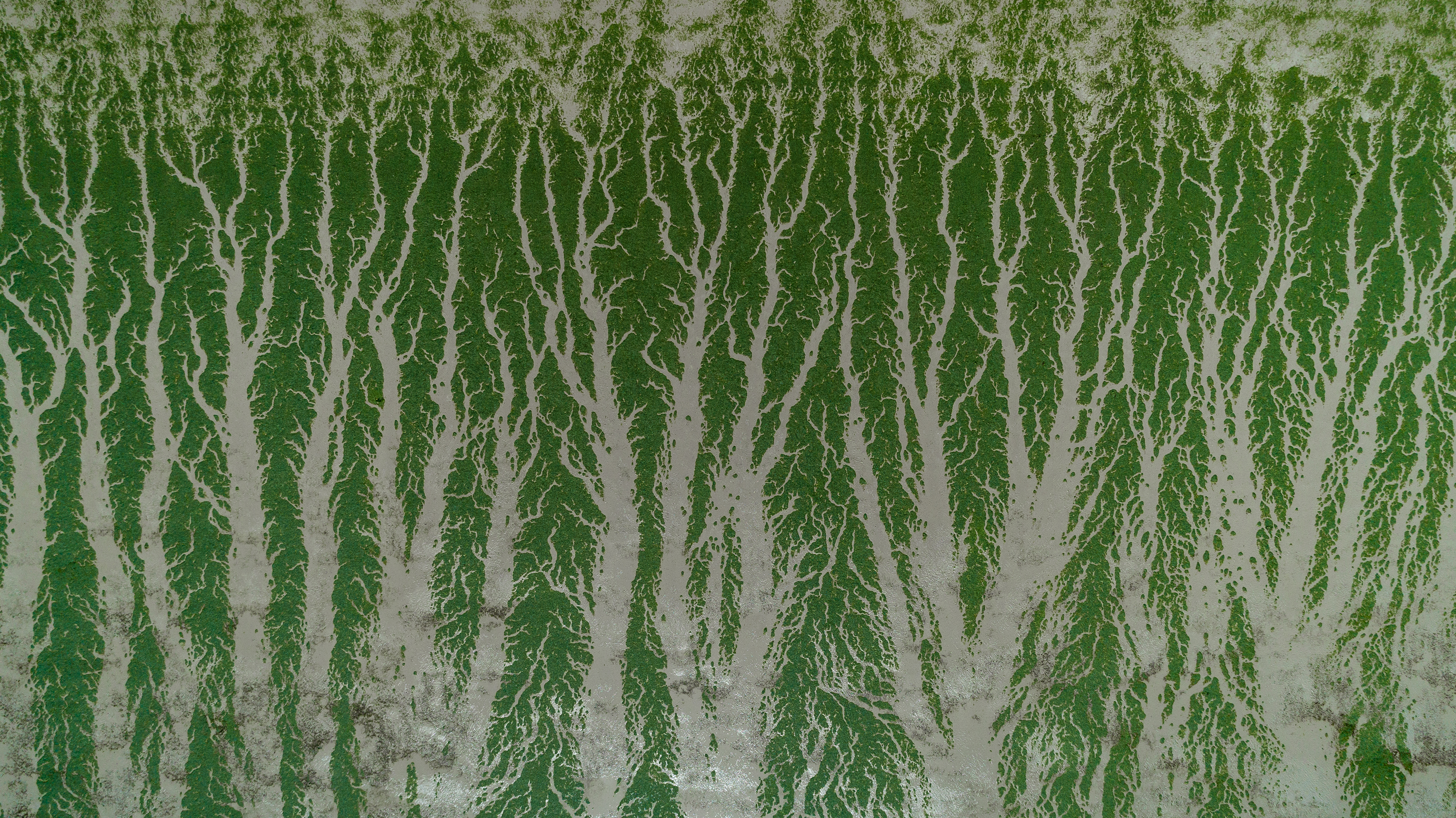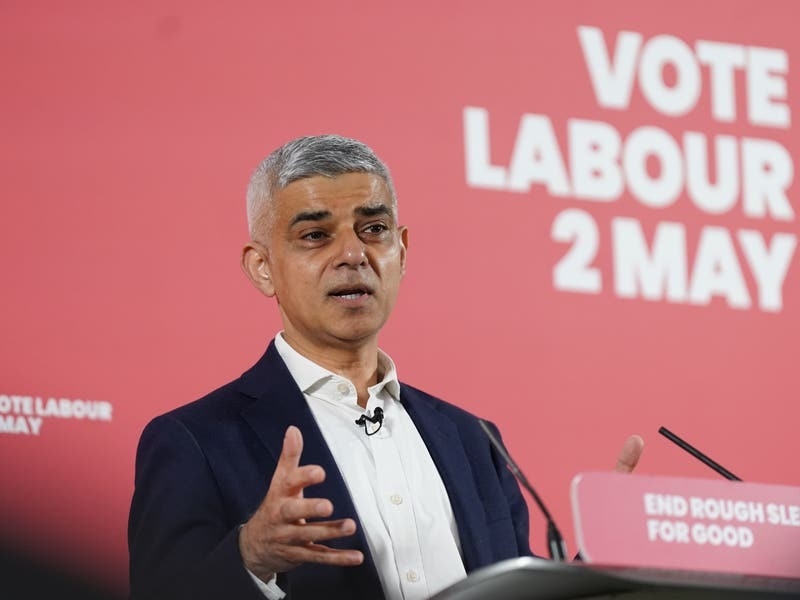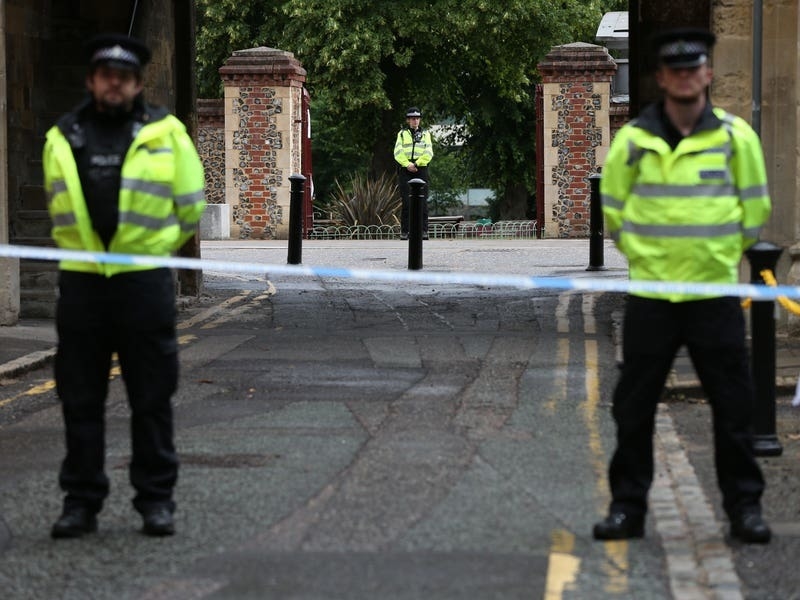The familiar annual visitor to the Island’s south coast has been increasingly noticeable in recent weeks, and the Infrastructure Department has begun clearing the sea lettuce from the beach.
The specially-adapted surf rake that was first used to combat the problem last summer has been in operation this week.

Bruce Labey, manager of municipal services, said the intention was to tackle the issue at an early stage in a bid to prevent larger volumes of sea lettuce later in the summer. ‘We’ve had the first signs in recent weeks, once the water temperature reached 13 or 14 degrees, and this week the tides have been right to enable us to harvest,’ he said.
Although there is no evidence sea lettuce causes any disruption to the ecosystem in St Aubin’s Bay – including the important sea grass beds – it is removed because it builds up in large amounts and gives off a foul smell.
The conditions in the bay, which is shallow, enclosed and relatively warm, are ideal for sea lettuce.
And, according to the States, its growth is increased by nutrients from outside the bay, run-off from streams that contain fertiliser and treated waste water.
‘We are working closely with the Environment Department regarding sea grass, which we have to avoid or be careful to avoid damaging while we are harvesting sea lettuce,’ added Mr Labey.
He said that the amount being collected varied from day to day, but could typically be in the region of 20 to 30 tonnes.
‘By clearing as much as possible now, we hope there may be less blooming, and therefore smaller amounts of sea lettuce that will need clearing in the months to come,’ he added. ‘It’s a global issue, and we continue to experiment with the best solution for Jersey.’
The sea lettuce is placed into bins that have been adapted to allow sea water to drain out, and the bins are then taken to green waste facility. The hope is that the lettuce can then be composted, although Mr Labey said this process was still at an experimental stage.






